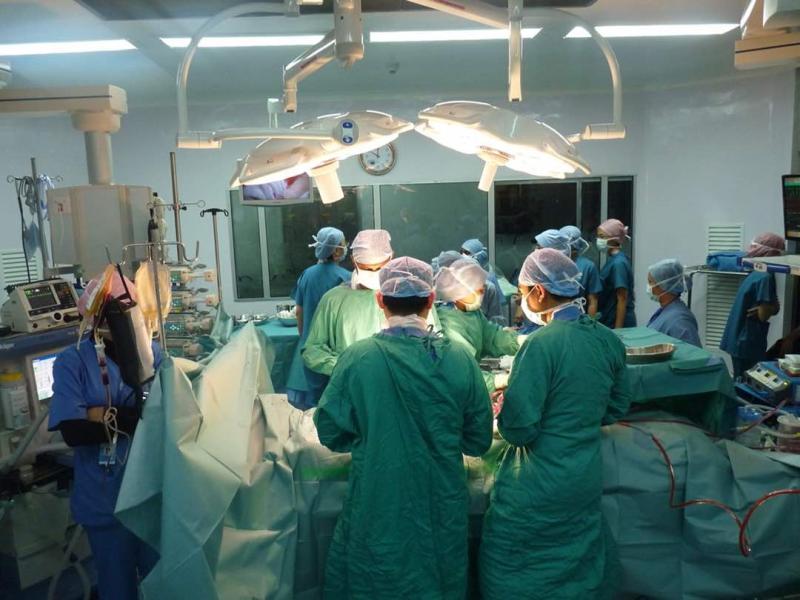 An organ transplant surgery taken place with the “most well-respected manner,” reassures Dr Hirman. Photo credit: Dr Hasdy Haron, clinical manager at National Transplant Resource Centre, Malaysia.
An organ transplant surgery taken place with the “most well-respected manner,” reassures Dr Hirman. Photo credit: Dr Hasdy Haron, clinical manager at National Transplant Resource Centre, Malaysia.The duration of intraoperative cardiac arrest (ICA) predicts no return of spontaneous circulation (ROSC) after noncardiac surgeries, a recent study has shown.
Researchers analysed 167,574 anaesthetic procedures leading to 160 ICA episodes. The corresponding prevalence was 9.54 cases per 10,000 anaesthesia procedures. Fifty-six patients failed to achieve ROSC, with a case-fatality rate of 35.4 percent. Of those who had ROSC, 30 died within 24 hours and 73 died within one year. The respective case-fatality rates were 29.4 percent and 71.6 percent.
The duration of ICA emerged as a significant predictor of ROSC failure, such that each additional minute correlated with a significant 3-percent increase in risk (adjusted prevalence ratio [PR], 1.03, 95 percent confidence intervals [CI], 1.02–1.04; p<0.001).
Other predictors included hypovolemia as the cause of ICA (adjusted PR, 2.42, 95 percent CI, 1.52–3.86; p<0.001) and hypotension upon admission (adjusted PR, 1.60, 95 percent CI, 1.07–2.40; p=0.022).
Each additional minute of intraoperative ICA was also a significant predictor of greater mortality risk within 24 hours (adjusted PR, 1.04, 95 percent CI, 1.03–1.06; p<0.001) and 1 year (adjusted PR, 1.01, 95 percent CI, 1.01–1.04; p=0.048).
Receiver operating characteristic curve analysis found that at a threshold of 13 minutes, ICA proved the be the strongest independent predictor of no ROSC, with an area under the curve (AUC) of 0.867. The AUCs of ICA cause (0.737; p=0.04) and hypotension upon admission (0.610; p<0.001) were both significantly lower in comparison.